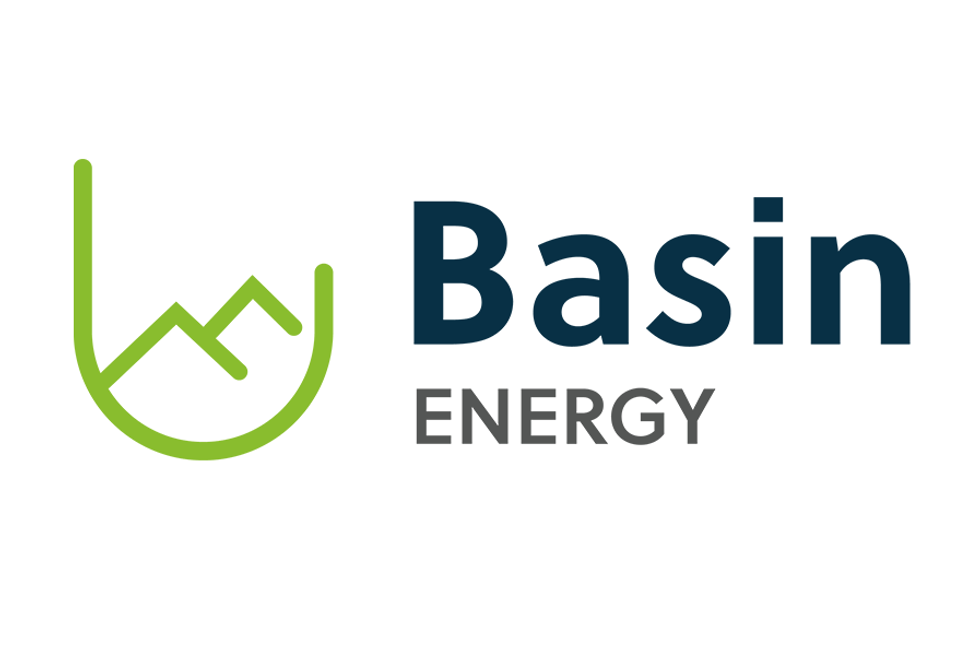Denison Mines Releases Strong Maiden PEA for Wheeler River

Highlights of the maiden PEA for Denison’s 60-percent-owned Wheeler River project include a pre-tax net present value of C$513 million and an internal rate of return of 20.4 percent using a price of US$44 per pound of U3O8.
On Monday, Denison Mines (TSX:DML,NYSEMKT:DNN) released the results of a preliminary economic assessment (PEA) for the Wheeler River project in Northern Saskatchewan, and the numbers were strong in spite of current uranium prices.
Highlights include a pre-tax net present value (NPV) of C$513 million and an internal rate of return (IRR) of 20.4 percent using a price of US$44 per pound of U3O8.
Denison owns 60 percent of the Wheeler River project, with Cameco (TSX:CCO,NYSE:CCJ) owning 30 percent of the project and JCU (Canada) Exploration Company owning the remaining 10 percent. The report was prepared on a pre-tax basis, since each partner has different circumstances from a taxation standpoint.
However, Denison also received an indicative post-tax assessment based on its ownership, showing a base-case post-tax IRR of 17.8 percent and a post-tax NPV of C$206 million with a payback period of approximately three years.
“We are very pleased with the positive results of the PEA – particularly being able to illustrate that the project has potential to generate robust economics based on today’s uranium price and with our current resource base,” said Denison President and CEO David Cates, in Monday’s release. “Thanks to the existing infrastructure in the eastern Athabasca Basin, our ownership interest in the McClean Lake mill, and a project designed to minimize risk and upfront capex, the Wheeler River project has the potential to emerge as one of the next producing assets in the region.”
Analysts were also positive on the results of the report. In an emailed statement, Rob Chang of Cantor Fitzgerald notes that the project “posts respectable base case PEA figures even under the current uranium price environment,” citing strengths from good local infrastructure on the eastern side of the Athabasca Basin, favorable Canadian-to-US dollar exchange rates, and a 22.5-percent stake in the McLean Lake mill.
Indeed, Chang states that the report “provides excellent ‘worst case scenario’ protection,” with its base case assessment since the firm is forecasting much higher uranium prices than those used in the report.
“[W]e believe its production case using a US$62.60/lb. is the more likely outcome since our forecast price for the same period is US$80/lb,” Chang wrote.
For his part, David Sadowski of Raymond James believes that a price of US$44 per pound “refreshingly, is in-line with the current posted long-term price,” but is still positive on the project overall. “Given modest capital requirements and low operating costs, the underground mine would return solid economics, even at the low base case uranium price of US$44/lb,” he stated in a note to clients.
Sadowski points to several key benefits for the project, noting that all ore is expected to be toll milled at the operating McLean Lake mill. He also notes that the Gryphon deposit, which does not require ground freezing, will be mined ahead of the higher-grade Phoenix deposit via conventional longitudinal long-hole methods. The Phoenix deposit will be frozen as Gryphon is mined.
Overall, Sadowski has given the company an “outperform” rating with a target price of $1.50. Chang states that Cantor Fitzgerald’s recommendation and target price is currently under review for Denison, but adds that the firm most recently gave the company a “buy” rating with a C$1.85 target price.
Update: Cantor Fitzgerald updated its model for Denison on Tuesday morning, and has retained its ‘buy’ rating and $1.85 price target.
While analysts are positive on results of the PEA, the market does not appear to have reacted in quite the same way. Shares of Denison were down 2.74 percent on the TSX on Monday, at $0.71, and lost 4.18 percent to finish at $0.537 in New York.
Still, shares of the company have gained 9.23 percent and 8.3 percent over the past month in Toronto and New York, respectively, and Sadowski believes there could be more in store should a shift in uranium prices occur.
“Denison is one of our top picks in the uranium space — we encourage investors to bolster positions on a strong study with realistic development potential for exposure to a rebound in spot and long-term uranium prices which we believe will occur over the next 12-24 months,” he states.
Securities Disclosure: I, Teresa Matich, hold no direct investment interest in any company mentioned in this article.
Related reading:
Denison Mines Intersects Additional High-grade Mineralization Near Gryphon





